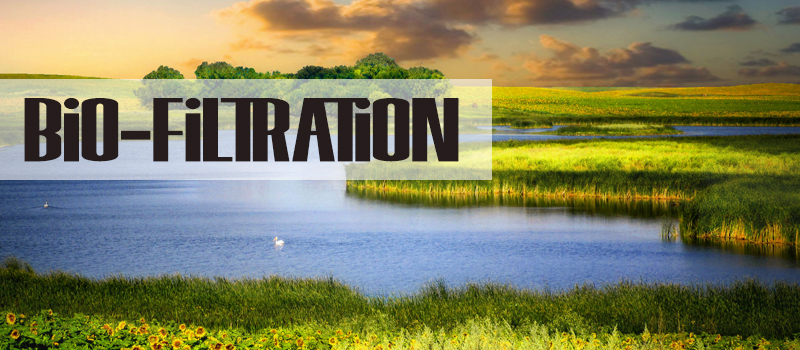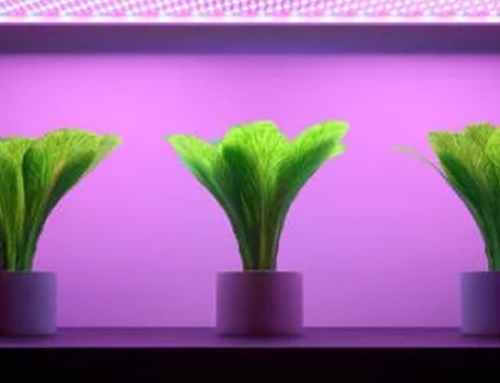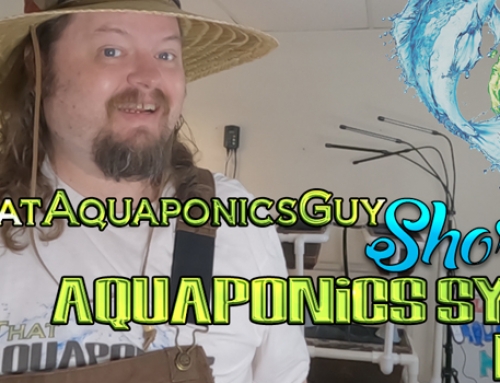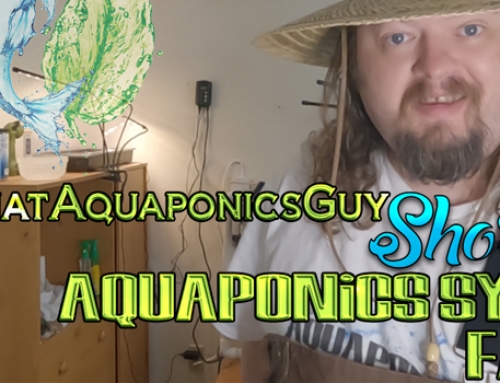The word aquaponics may sound very technical, but the truth is that aquaponics and biofilters actually mimic the natural processes that happen in the wild. Nature does not allow anything to go to waste. Everything is recycled and reused. For example, animal excreta become a source of food for plants, and the plants in turn provide food for animals. The most efficient systems are those that mimic nature as much as possible. Aquaponics is one such system.
The word aquaponics is a combination of the words aquaculture and hydroponics. Aquaculture is the growing of fish in artificial systems as food. Hydroponics is the practice of growing plants in nutrient-rich solutions instead of soil. Aquaponics allows a person to grow both fish and plants as food. This is a self-sufficient system that does not require the addition of fertilizers and pesticides. Although it is slowly becoming popular in many parts of the world, the truth is that aquaponics is an ancient way of growing food. Historical evidence suggests the ancient Egyptians and Aztecs practiced aquaponics to grow their food.
You can use these same principles to grow your own vegetables and fish in your backyard or garden. Aquaponics will allow you to supply your family and friends with organic vegetables and fresh fish at a fraction of what it would cost at the local supermarket.
How It Works
If you’ve ever kept an aquarium, you’ll already be familiar with the concept of biofiltration. All fish generate waste in the form of ammonia. As this ammonia builds up in the water, it can harm the fish. However, when the ammonia levels in the water increase, they prompt the growth of bacteria that convert this ammonia into nitrites and other bacteria that convert the nitrites into nitrates. This natural system of converting harmful ammonia into harmless nitrates is called the nitrogen cycle; the medium which facilitates this transformation is called a biofilter. An under-gravel filter is an example of a biofilter commonly used in aquariums.
Basic Principle of an Aquaponics Biofilter
Those who have kept planted aquariums will be able to testify to the fact that their filtration requirements are far less as compared to those of unplanted aquariums. This is because the plants act as natural biofilters. Plants absorb nitrites and nitrates from the water and use them for fostering growth. In this way, the plants filter out all the harmful chemicals from the water and render it safe for the fish. Basically, this is also how aquaponics works, too.
In an aquaponics system, the water from a fish tank is pumped up to plants that are grown in small containers. The plants absorb the nitrites and nitrates from the water, purifying it, and this water is then allowed to trickle back to the fish pond. Thus, you can use the plants as a biofilter to absorb all the fish waste. This allows the fish to grow without the need for an expensive artificial filtration system. In addition, fish waste is used to grow the plants, thereby doing away with the need for expensive fertilizers. What you get is a perfectly natural, self-sustaining, symbiotic system that guarantees you fresh fish and vegetables.
Practical Application for Your Aquaponics System
Now the question is, “Do I need to have a biofilter on my system?” And I say to you, how big will your system be? For our Desktop Aquaponics Kit and for anything smaller than 20L grow bed the fish bio-waste will not be to a point where you will need to worry about it all, especially if you are using goldfish as your system’s “engine”.
However, if you are looking to do larger grow beds (420L or more) then, the fish to bacteria to grow bed ratios dictate that some type of filtration will be needed.
Check out what we have to say about growing with our Desktop Aquaponics Kit here.






